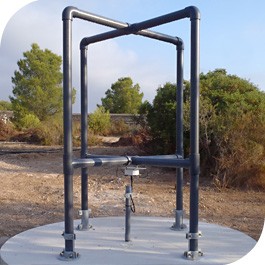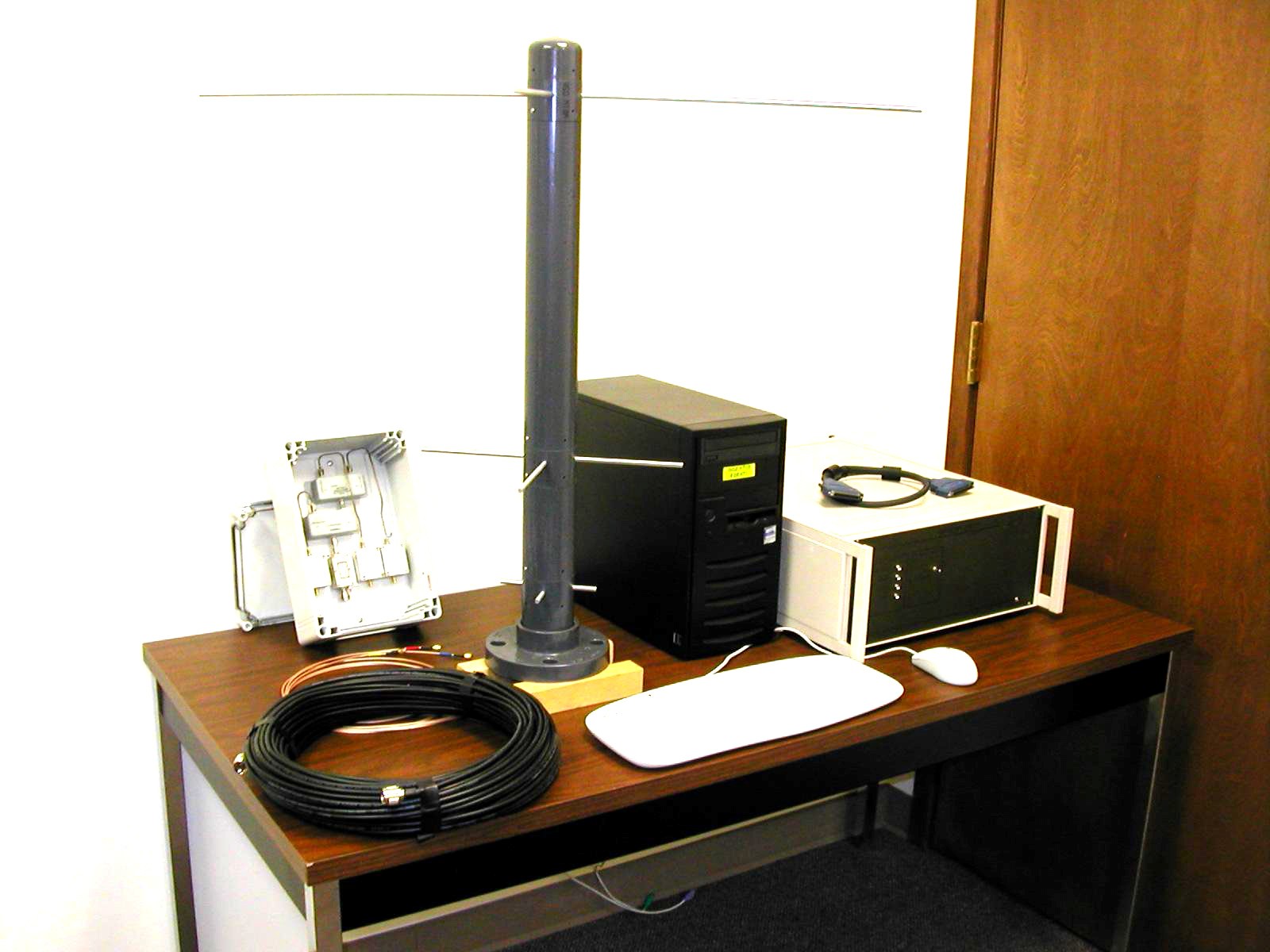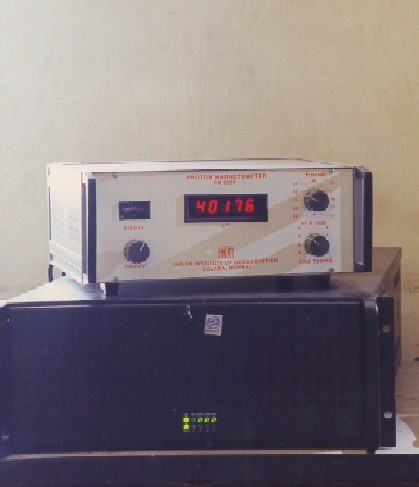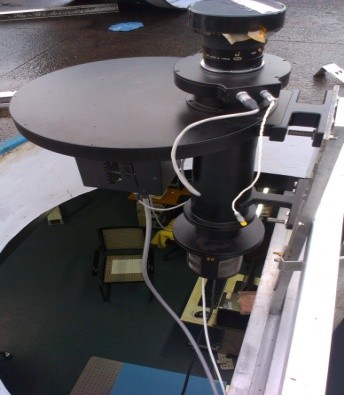Upper Atmospheric Studies
The year 1963 marked the beginning of a new phase of scientific investigations in the area of upper atmosphere and Sun Earth Connections in India as it saw the establishment of the Thumba Equatorial Rocket Launching Station (TERLS) (8.5oN, 78.9oE, .5oN dip lat.) in southern India. With the dedication of Thumba Equatorial Rocket Launch Station (TERLS) to United Nations in 1969, the rocket borne in situ measurements of the atmosphere/ionosphere got a tremendous boost. The location of Thumba was selected in view of the fact that it was a magnetic equatorial location i.e. the orientation of geomagnetic field is entirely horizontal and north-south. This combination of the prevailing field and atmospheric dynamics leads to the generation of some very significant plasma/ionospheric processes that are not only unique to this latitude region but also have implications in shaping up the energetics and dynamics of the upper atmosphere over low and equatorial latitudes. In fact, to enable systematic study of such processes, the Vikram Sarabhai Space Centre (VSSC) established the Space Physics Division (SPD) then, Space Physics Laboratory (SPL) now, in close proximity of TERLS in 1968. As a consequence, a sustained upper atmospheric research program evolved at the centre and a systematic knowledge base of terrestrial upper atmosphere, especially in context of the equatorial ionospheric processes and their coupling with the global atmospheric system got developed over the years.
The early years of upper atmospheric research at VSSC, marked a number of significant rocket borne experiments launched for profiling important atmospheric/ionospheric parameters. Through a series of rocket flights from Trivandrum, the altitude structure of the Equatorial Electrojet current system was established. Subsequently, the presence of plasma irregularities in the post sunset ionosphere and their characteristic size ranges were actually measured and studied in details using these experiments.
On the whole, the studies primarily pursued the large scale processes like the Equatorial Electrojet (EEJ) and associated Plasma instabilities, F region electrodynamics, Equatorial Spread-F (ESF)/ scintillations with an aim of their characterisation. The occurrence of Equatorial Counter Electrojet (CEJ) phenomenon and associated disappearance of Sporadic E signatures were examined in detail. The manifestation of blanketing sporadic E layers during CEJ events and the role of horizontal wind shears in producing these layers were brought out.
In a first of its' kind development in the country, indigenous development of ground based radars entirely dedicated for upper atmospheric/ionospheric studies was carried out successfully at VSSC. The radar at 18 MHz, still operating and providing important ionospheric data from Thumba, is the case in point. Ground-based ionosonde which serve as the basic ionospheric experiment and a must for ionospheric research, has been operational at TERLS for more than 3 decades now. VSSC is perhaps among one the very few institutions in the country that has such a long repository of ionospheric data.
Making a modest beginning with sounding rocket experiments from Thumba, VSSC has been a key player in achieving a tremendous growth in the area of Upper atmospheric research in India through establishment of an impressive array of experiments both radio and optical probing, for the study of the near earth space as an integrated system. In the new millennium, VSSC initiated launch of important new programmes concerning equatorial upper atmosphere. The Coherent Radio Beacon Experiment (CRABEX) was launched in order to investigate the ionosphere over Indian region using satellite based tomography technique. Several indigenously developed state-of-art airglow experiments, were introduced in tune with the developments in the international scenario. A small satellite named YOUTHSAT, was launched in 2011 and was in fact India's only second satellite for upper atmospheric research after SROSS-C2. The YOUTHSAT, an Indo-Russian Collaboration. It had two Indian payloads onboard namely RaBIT (Radio Beacon for Ionospheric Tomography), and LiVHySI (Limb Viewing Hyper Spectral Imager) and were conceptualised at VSSC. In house development of new probes like the Electron density and Neutral Wind (ENWi) probe has been done successfully. Recently, VSSC has forayed into studying the upper atmosphere from Antarctica. A set of dual frequency GPS Receiver has been installed at Bharti, an Indian Antarctica Station at 76oS geomagnetic latitude. Further, with an objective to monitor the impact of Space Weather Events on Indian Low latitude Ionospheric System, VSSC enables a long term science program called, Indian network for Space Weather Impact Monitoring (InSWIM) where a number of optical and radio experiments are to be put up across the country to work in a network mode. Recently, ISRO also opened the PS4 platform of the PSLV rocket for active scientific experiments. The indigenously developed payload IDEA (Ionization Density and Electric field Analyser) was considered as ideal to be flown on this platform. The initiation of ionospheric modelling is the new dimension to the upper atmospheric activities in VSSC. This activity was envisaged with the aim of eventually developing full-fledged models of terrestrial and planetary ionospheres which in combination with experimental studies, would serve the purpose of unravelling the physical mechanisms controlling the ionospheric processes.
In recent years, India in general, and VSSC in particular, has been an active partner in almost all the major international programs concerning upper atmospheric research that had thematic links with space weather, viz. International Space Weather Initiative (ISWI), International Geophysical Year (IGY), International Living With A Star (ILWS) and Climate and Weather of Sun Earth System (CAWSES). The IGY initiated a nationwide coordinated program for upper atmospheric research in India.
VSSC not only continues to harbour and promote frontline research in terrestrial and planetary upper atmosphere through experiments on ground, rocket and space-based platforms, but also act as a facilitating agency to various institutions in the country for effective implementation of the Indian and international upper atmospheric research programs.




